Mine waste biotechnology
A differentiator for Canadian critical minerals
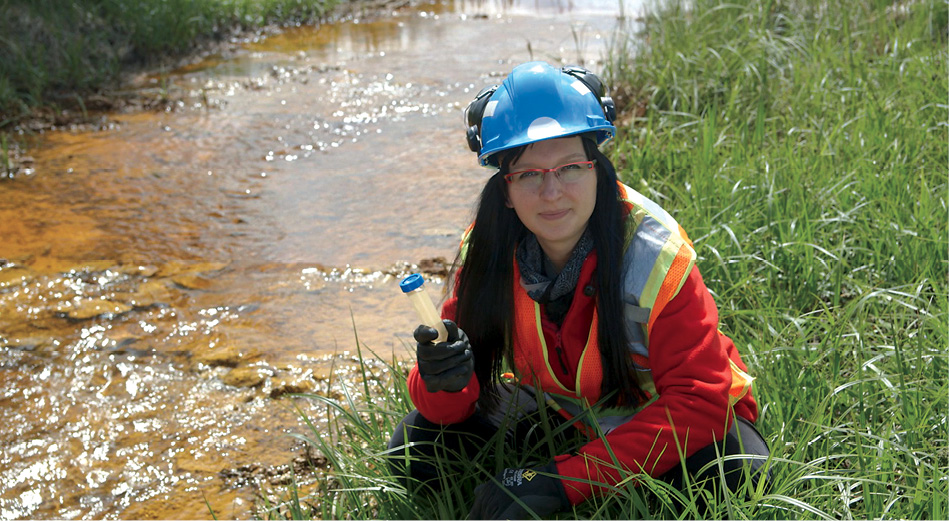
How can Canada take advantage of the critical mineral opportunity while still holding true to values like environmental stewardship and a commitment to ESG performance?
As someone who works in the Canadian innovation sector focused on mining, I may be a bit biased, but I think a big part of the answer can certainly be found in our ability to innovate new ways of doing things. New, eco-friendly technologies and techniques can accelerate critical mineral development and ensure that the minerals mined in our country are extracted in a method with the least environmental impact possible. Over the last decade, I have been fortunate enough to have a front row seat for the exciting development of one group of technologies that will contribute to this effort, biotechnologies. I have seen this nascent technology develop from early lab-based proof of concepts to the precipice of a full-scale specialized research centre focusing on accelerating the deployment of these technologies in the field. Here is some of the story so far.
I attended a presentation on a particularly warm June day in 2012 at the Vale Living with Lakes Centre at Laurentian University in Sudbury. The centre had not been open long, and the air conditioning had not yet been optimized to cope with the heat. The topic being discussed was new to me. It was about a concept called biomining. Dr. Nadia Mykytczuk, then a research scientist at the university, was extolling the benefits of this exciting process through which micro-organisms are harnessed, optimized, and used to break down mine waste. As a technology lover, I was instantly obsessed with the idea that bugs eat rocks and make it easier to manage mine tailings. At the time, Dr. Mykytczuk’s work focused on cold adapted strain of bacteria extremophiles called Acidithiobacillus ferrooxidans that remain active in their mine waste eating duties even at ambient temperatures up to –15°C. While the winter season seemed far from my mind as I sat in the sweaty lecture hall, this was an important discovery as it meant that leaching methods that were, until that point, thought to be only suitable for hotter climates could potentially be used in northern climates as a means of remediating mine waste.
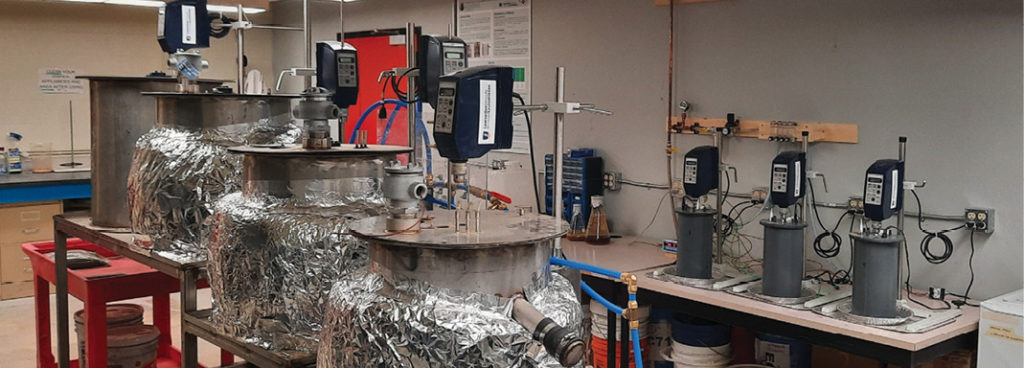
After her talk, I immediately rushed to the lectern to see how I could be involved or somehow be part of bringing this technology to life. After this initial meeting, Dr. Mykytczuk has had remarkable success in piloting techniques and technologies like this with various industry partners. Though successful, Dr. Mykytczuk and I often corresponded about how to effectively translate this new knowledge from the lab to the field. Early conversations circled around programming and infrastructure that would shepherd research in biotechnology solutions to willing mining sector adopters. At the time, these were just musings, as it would take time for a sharp vision to coalesce. We did not have to wait too long.
Getting biotechnology solutions proven, scaled, and adopted in the mining sector has not been without its share of challenges. There is an identified need to make these important technologies faster and easier to adopt. Enter the Centre for Mine Waste Biotechnology; in many ways, a culmination of Dr. Mykytczuk’s work, the centre will work to provide a pilot-scale facility equipped with tools and expertise to accelerate the commercialization of genomics-based bioremediation and bioleaching technologies. Access to this scale of research is a crucial step in bridging bench-to-market gaps in the commercialization pathway. Led by recognized mine waste experts from academia and industry who are experienced at successfully bringing discoveries from bench to mine, the centre will move waste biotechnology innovations from research ideas to reality.
The core technical function of the centre will be multi-faceted to support technologies from multiple subject areas at various stages of development towards deployment. The centre’s team, along with multi-stakeholder collaborators, will work across sectors to develop and test biotechnology treatments for extracting minerals, repurposing waste into usable products, and stabilizing environmental contaminants. Critically, this will not be theoretical research. Rather, the centre will be focused on applied projects and further biotech startups at higher technology readiness levels focusing on technology from the viable prototype stage through to implementation and commercialization.
Currently, the team at MIRARCO Mining Innovation, where Dr. Mykytczuk is now CEO, is working hard to make the centre a reality. She is joined by a group of people that share in the vision for the centre who are working behind the scenes to advance the cause. While there is still much work to do, the centre offers an attractive vehicle to accelerate critical mineral production while also protecting the environment. For anyone paying attention to the projections for new mineral demand over the next few decades, it is obvious that mining intensity is set to increase immensely. To maintain competitive advantage, initiatives like this centre will be critical. For the electric vehicle market, it is not enough to make materials available to the auto sector. The true advantage for Canada will be to make these materials available while employing all-Canadian technologies that extract, refine, and manage waste in the cleanest way possible.
Steve Gravel is the manager of the Centre for Smart Mining at Cambrian College.
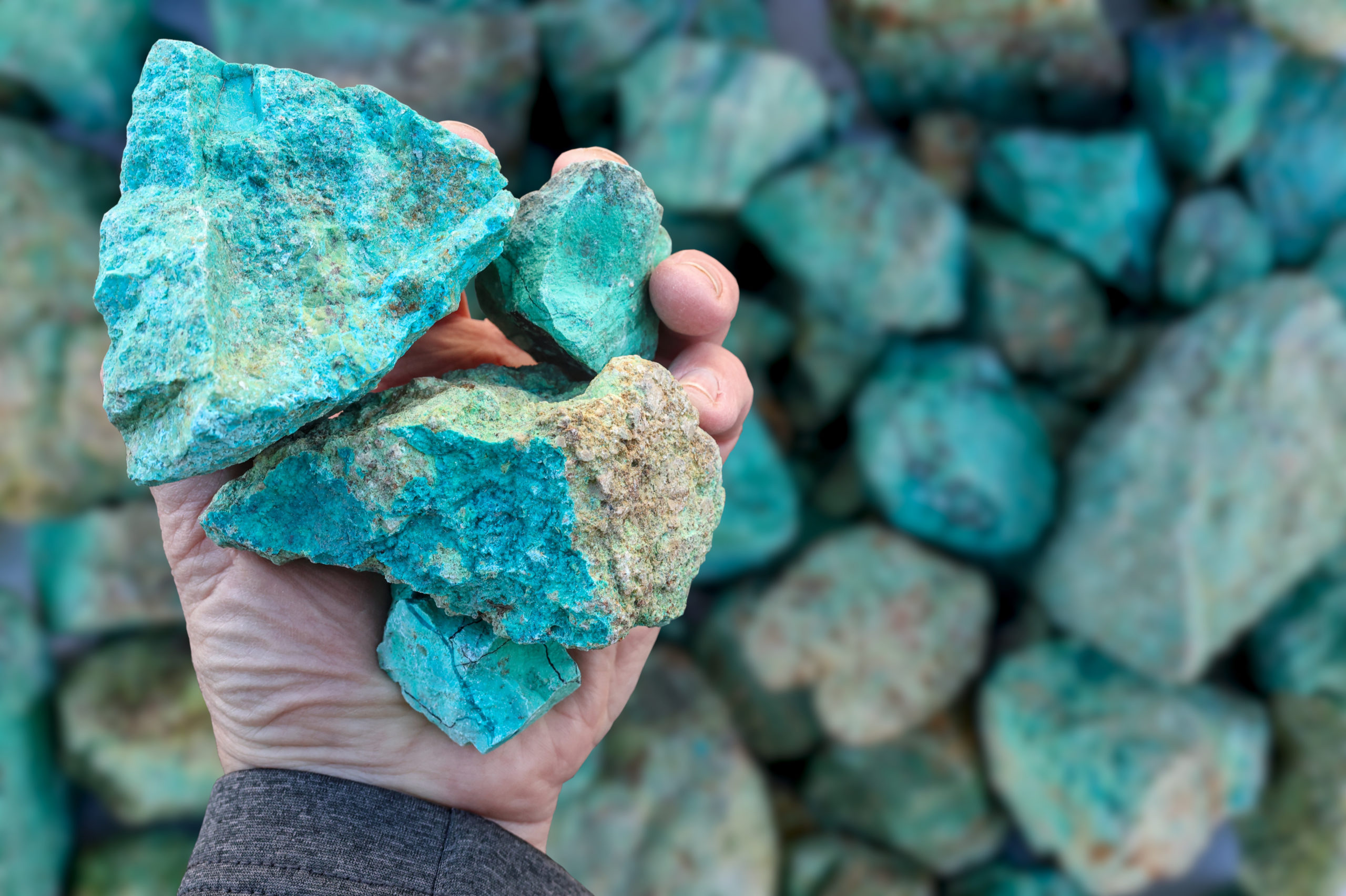

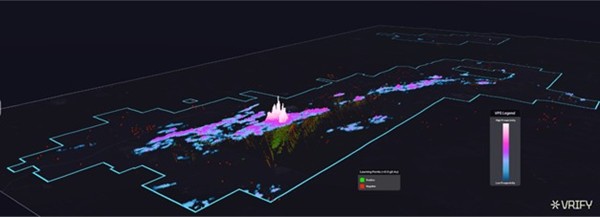
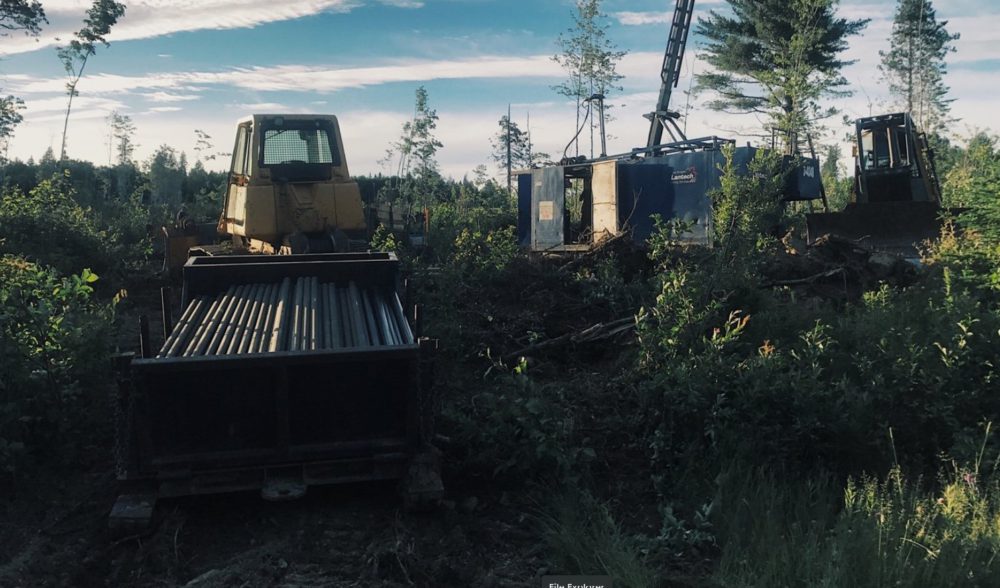

Comments